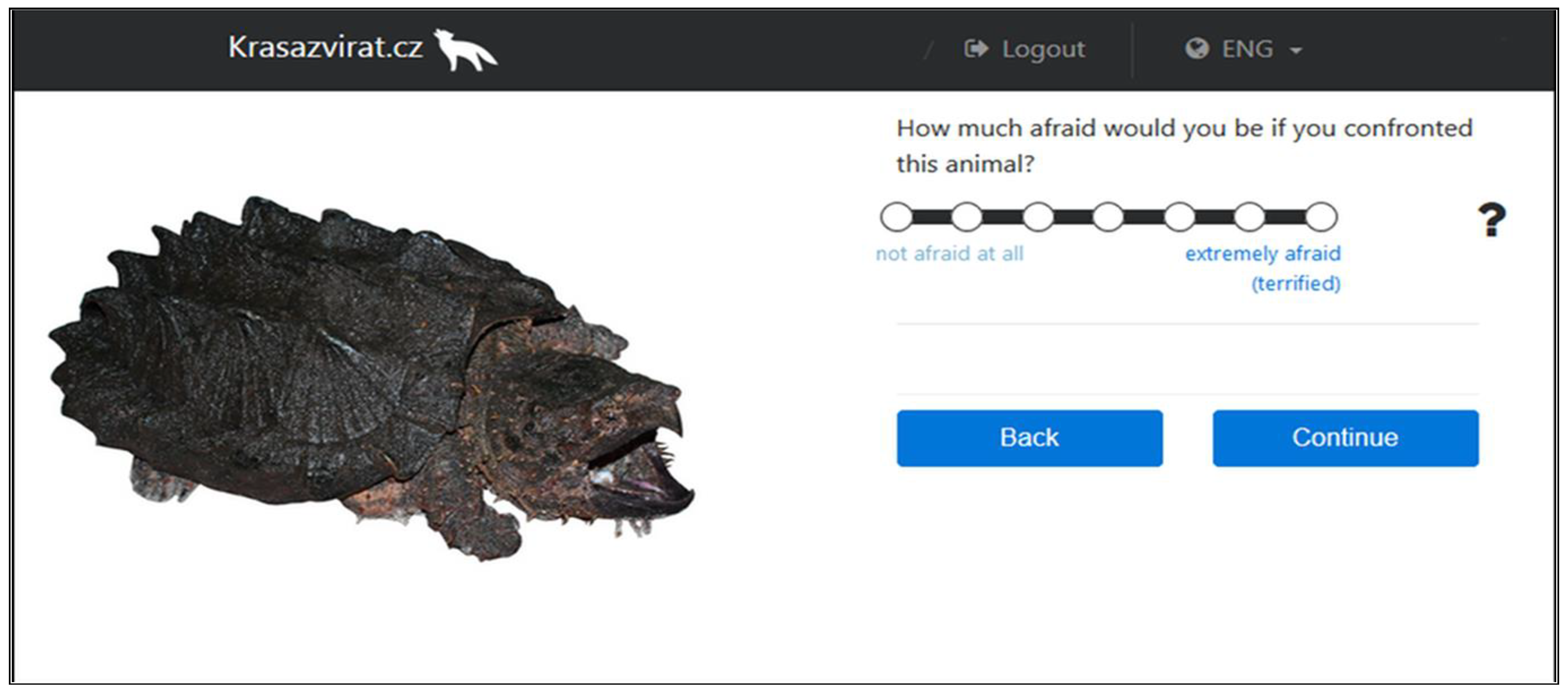
These findings shed new light on the mechanism of evolution of the mitogenomic duplications. Moreover, we found that different portions of control regions in Cathartiformes show conflicting phylogenetic signals indicating that some sections of these regions were homogenized at a frequency higher than the rate of speciation, whereas others have still evolved separately. Our study revealed that their control regions were subjected to dynamic processes: duplication, homogenization via concerted evolution, and gradual degeneration. However, thanks to a new PCR strategy, we identified previously omitted duplicated regions in the mitogenomes from related avian orders, Accipitriformes (the diurnal birds of prey) and Cathartiformes (the New World vultures). Mitochondrial genomes of vertebrates have been considered stable in its structure for a long time. Different portions of control regions in Cathartiformes showed conflicting phylogenetic signals indicating that some sections of these regions were homogenized at a frequency higher than the rate of speciation, whereas others have still evolved separately. However, in other lineages, that is, Pernis ptilorhynchus, as well as representatives of Aegypiinae, Aquilinae, and five related subfamilies of Accipitriformes (Accipitrinae, Circinae, Buteoninae, Haliaeetinae, and Milvinae), the duplications were evolving independently for at least 14–47 Myr. The latter process occurred recently in the species of Cathartiformes as well as in the early diverged lineages of Accipitriformes, that is, Sagittarius serpentarius and Pandion haliaetus.

The duplicated regions were subjected to gradual degeneration and homogenization during concerted evolution. The analyses revealed the same duplicated gene order in all examined taxa and the common ancestor of these groups. Therefore, we applied an appropriate PCR strategy to look for duplications within the mitogenomes of the early diverged species Sagittarius serpentarius and Cathartiformes, which is a sister order to Accipitriformes. The order of Accipitriformes is especially interesting in this context because its representatives contain a duplicated control region in various stages of degeneration.

Their evolution and mechanism of duplication are still poorly understood. However, mitogenomic sequences obtained in recent years revealed that many avian mitogenomes contain duplicated regions that were omitted in previous genomic versions. The rearrangement of 37 genes with one control region, firstly identified in Gallus gallus mitogenome, is believed to be ancestral for all Aves.


 0 kommentar(er)
0 kommentar(er)
